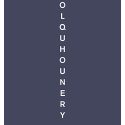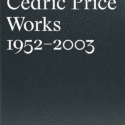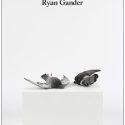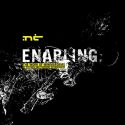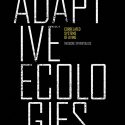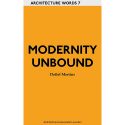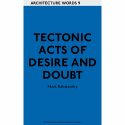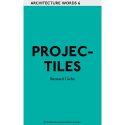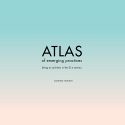Being an architect in the 21st century
Gianpiero Venturini
ATLAS of emerging practices provides an overview of the state of the architect's profession, analyzing themes, trends, projects, and methods that characterize the professional practice, and understanding this discipline through the research carried out with a selection of emerging architectural practices in the European territory.
New Generations is a project conceived by Itinerant Office that investigates the changes in the architectural profession since the economic crisis. Since 2012 New Generations has been able to identify and involve some of the most interesting emerging studios in the European scene, gathering more than 300 emerging architectural firms and a variety of experts of other fields. This publication gathers the work of a selection of 95 emerging practices in Europe, with the aim of providing useful tools and insight for architecture students, new graduates, and emerging practices in the early stages of their careers. The 95 participants were involved in an online survey and their responses were collected and further analyzed in this publication. Following an introduction on the
New Generations project and its evolution over the years, the publication develops in four main sections: organisation, business, media, and project. The "organisation"section analyses different organisations structures, with diagrams and data highlighting the huge variety of configurations that reflect the array of different approaches used by the various firms. The section "Business"highlights various types of commissions —public, private, and unsolicited— ranging in budgets, scale, and program. "Media" introduces the potential of digital tools, not only for the on-line communication of the offices activities, but also for the development of projects such as encouraging participation through social media, or managing the organisational aspects of the studio. The section "Projects" collects a selection of executed interventions by some of the participants of the ATLAS. The final chapter of ATLAS emphasises the need to rethink the architectural profession. Organisation, Business, Media, and Projects become central and inextricable themes to build a new generations of architect aware of their role in today's society.

